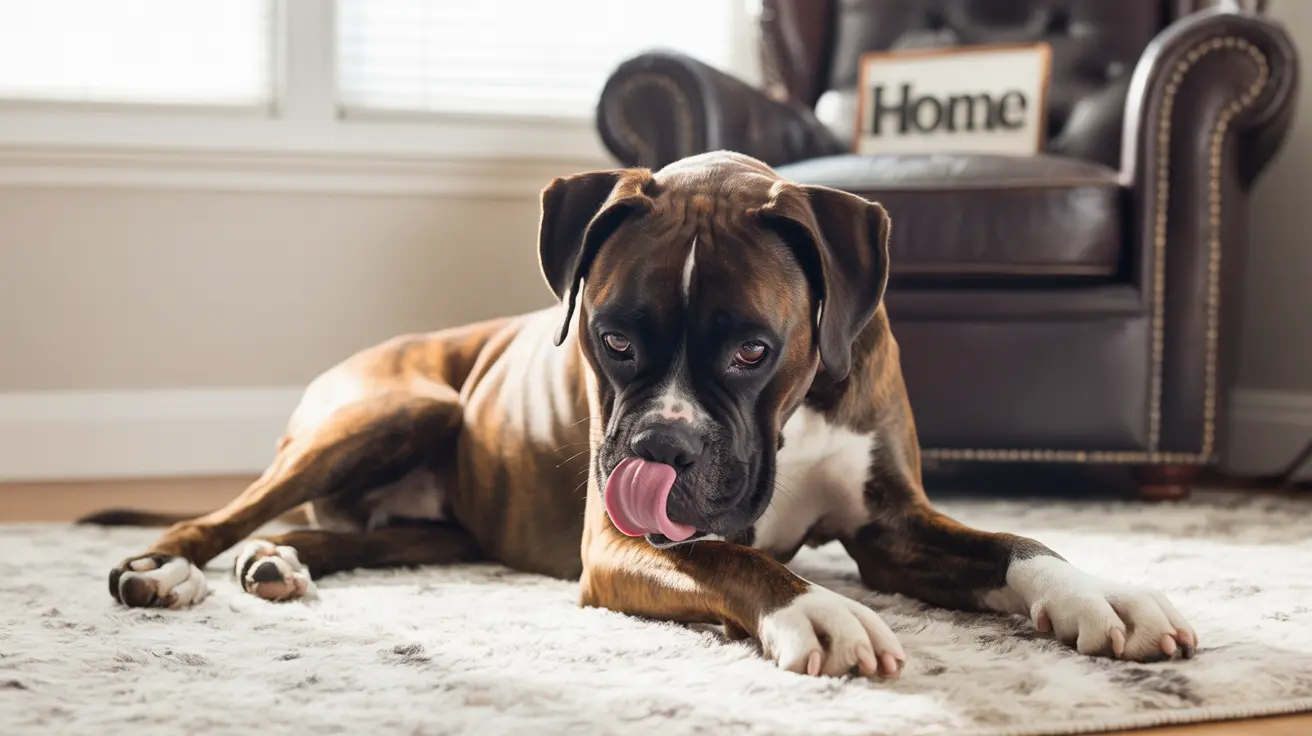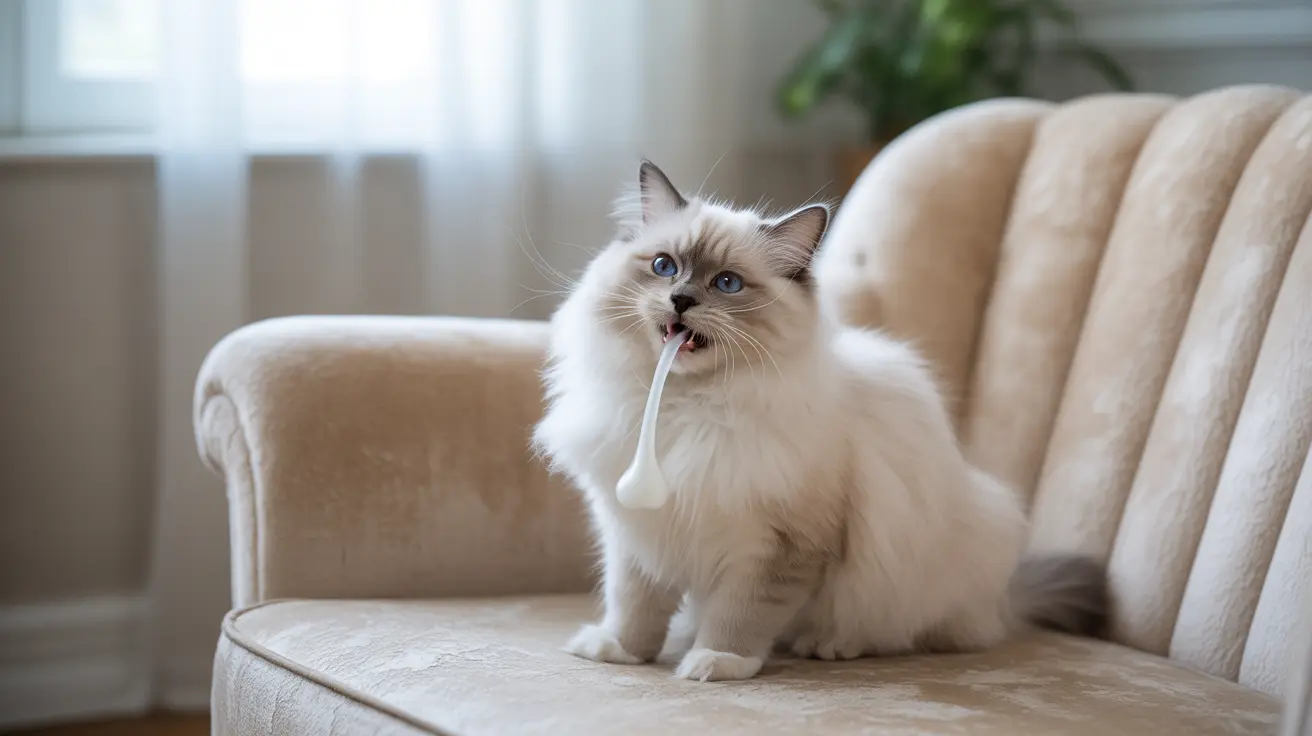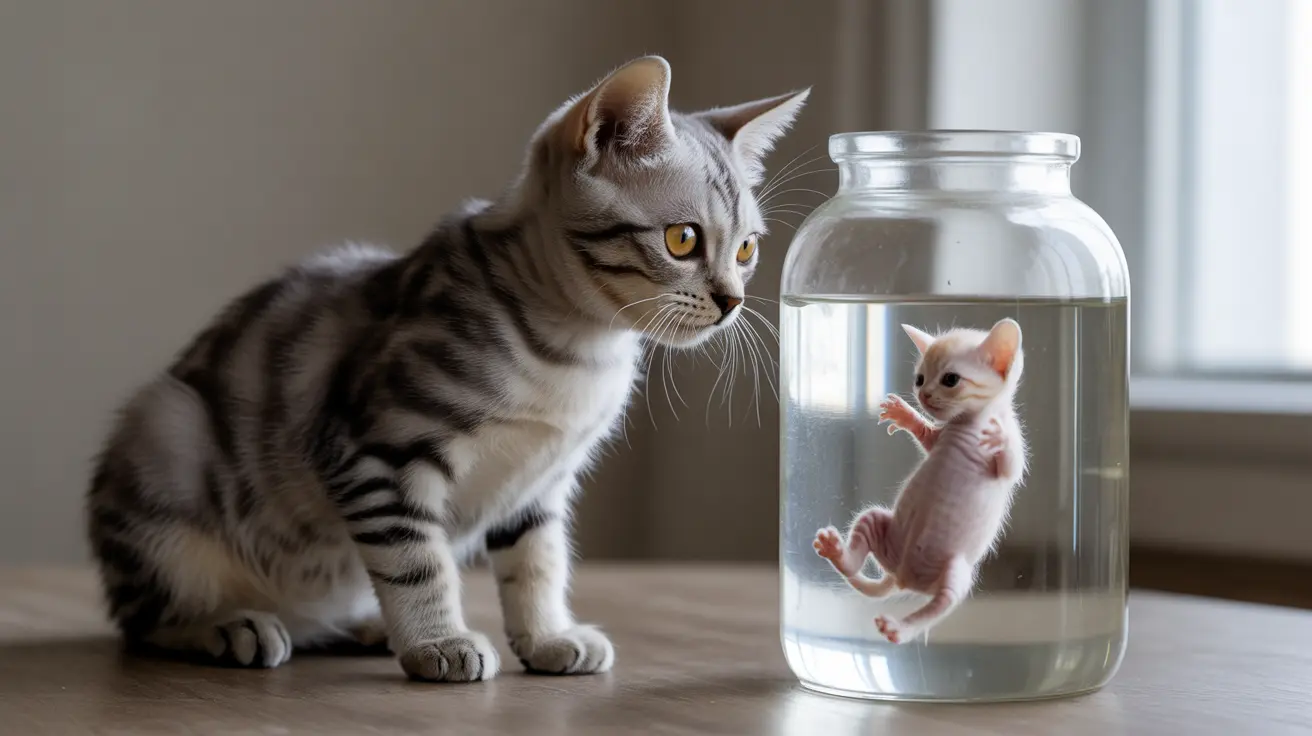When your furry friend can't seem to stop licking, it's more than just a quirky habit - it's often a sign that demands attention. Excessive licking in dogs can signal various underlying issues, from medical conditions to behavioral concerns, making it crucial for pet owners to understand and address this common yet potentially serious behavior.
While occasional grooming and licking are normal canine behaviors, persistent or compulsive licking can lead to significant health issues, including irritated skin, hair loss, and even chronic wounds known as lick granulomas. Recognizing when typical grooming crosses into problematic territory is essential for maintaining your dog's health and well-being.
This comprehensive guide will help you identify the causes of excessive licking, understand available treatment options, and learn effective prevention strategies to ensure your dog maintains optimal health and comfort.
Identifying Signs of Excessive Licking
Recognizing problematic licking behaviors early can prevent more serious complications. Pet owners should be observant for specific warning signs that differentiate normal grooming from excessive behavior. The following symptoms may indicate your dog is licking excessively and needs intervention:
- Persistent focus on one area: Continuous licking of a specific spot, which can cause irritation or escalate underlying issues.
- Visible skin changes: Look for redness, inflammation, or patches where hair has thinned or fallen out.
- Development of sores: The appearance of hot spots or open wounds points to advanced skin damage caused by constant licking.
- Behavioral changes: Increased irritability or restlessness may signal discomfort or frustration stemming from the urge to lick.
- Disrupted daily activities: If your dog is less interested in play, food, or social interactions due to licking, this is a red flag.
- Signs of discomfort: Whimpering, groaning, or signs of pain when licking suggest an underlying issue that merits prompt attention.
Medical Causes of Excessive Licking
Many medical factors can cause dogs to lick excessively. It's important to consider these possibilities, as treating the root medical cause can significantly reduce or eliminate the behavior.
Skin-Related Issues
- Infections: Bacterial, fungal, or yeast infections can cause intense itchiness or irritation, prompting dogs to lick the affected area repeatedly.
- Parasitic problems: Fleas, ticks, or mites may lead to relentless licking as your dog attempts to soothe the discomfort from bites or infestations.
- Allergic reactions: Both environmental allergens (such as pollen or dust mites) and food allergies can manifest as skin itching and subsequent licking behaviors.
- Dermatitis: Various forms of skin inflammation, including contact dermatitis, can create irritation and an urge to lick.
Internal Health Concerns
- Joint pain: Arthritis or injuries may cause your dog to lick near the area of discomfort, especially if the pain is persistent or severe.
- Gastrointestinal issues: Digestive upset or nausea often result in licking behaviors, sometimes directed at the air, objects, or their own body.
- Hormonal imbalances: Disorders of the endocrine system, such as hypothyroidism or Cushing’s disease, can lead to changes in skin health and promote licking.
Behavioral and Environmental Triggers
Not all excessive licking stems from medical conditions. Behavioral issues and environmental changes can play a significant role in how often and intensely a dog licks. Understanding these triggers can help you address the root cause more effectively.
Psychological Factors
- Anxiety and stress: Dogs may respond to changes in their routine or environment—such as moving, the arrival of new family members, or loud noises—by licking excessively as a way to self-soothe.
- Boredom behaviors: Inadequate mental or physical stimulation can lead to repetitive behaviors like licking, especially in high-energy or intelligent breeds.
- Compulsive disorders: Some dogs develop habitual licking as a compulsive behavior, which may require professional intervention.
- Self-soothing mechanisms: Licking can serve as a calming activity for dogs dealing with emotional distress or separation anxiety.
Environmental Influences
- Changes in living situation: Moving to a new home or significant changes within the household can create uncertainty and stress, triggering licking.
- Lack of exercise: Dogs who do not receive enough physical exercise may resort to licking as an outlet for pent-up energy or frustration.
- Limited enrichment: Environmental enrichment, such as interactive toys and problem-solving activities, is vital for preventing boredom-related licking.
Treatment Approaches and Solutions
Effective treatment depends on identifying the underlying cause of your dog's excessive licking. Once medical and behavioral factors are assessed, you can implement targeted interventions for lasting improvement.
Medical Interventions
- Veterinary examination: A comprehensive checkup can rule out medical conditions and identify infections, wounds, or health disorders that may prompt licking.
- Medication: Depending on the diagnosis, your vet may prescribe antibiotics for infections, antihistamines for allergies, or anti-anxiety treatments for stress-related cases.
- Topical treatments: Medicated shampoos, sprays, or ointments can provide relief for skin conditions and encourage healing.
- Dietary modifications: Switching to hypoallergenic food or eliminating common allergens may alleviate symptoms linked to food sensitivities or intolerances.
Behavioral Solutions
- Training techniques: Positive reinforcement and redirection can help modify licking behavior. Reward your dog for engaging in alternative, non-destructive activities.
- Environmental enrichment: Providing interactive toys, puzzles, and varied daily activities helps keep your dog mentally stimulated and less likely to lick out of boredom.
- Exercise routines: Regular physical activity tailored to your dog’s age, breed, and energy level reduces pent-up energy and curbs undesirable behaviors.
- Stress reduction: Creating calm, safe spaces and using soothing techniques during stressful periods can help minimize anxiety-driven licking.
Prevention Strategies
Implementing effective preventive measures can minimize the likelihood of excessive licking and promote your dog's overall well-being. Consistency and attentiveness are key to ensuring your pet’s habit does not become problematic.
- Regular grooming and skin checks: Routine care helps detect skin problems early and keeps your dog comfortable.
- Consistent exercise routines: Adequate physical activity prevents boredom and reduces stress, both common triggers for excessive licking.
- Mental stimulation activities: Engaging games and puzzles encourage healthy mental engagement, reducing the temptation to develop repetitive behaviors.
- Maintaining a stable environment: Predictable routines and a secure home environment can alleviate stress-induced licking.
- Regular veterinary check-ups: Frequent visits ensure early detection and management of potential health issues.
- Proper nutrition and hydration: A balanced diet and access to fresh water support overall health and reduce risks of allergies or other triggers.
Frequently Asked Questions
- Why does my dog lick excessively?
- Excessive licking can result from medical, behavioral, or environmental causes, including allergies, pain, anxiety, or boredom.
- Can excessive licking be a sign of illness?
- Yes, persistent licking may indicate underlying medical issues such as pain, skin infections, or dermatitis.
- How can I tell if licking is due to anxiety?
- Licking that intensifies during periods of stress, change, or absence often points to anxiety-related causes.
- What health problems can be caused by constant licking?
- Continual licking can lead to skin infections, hot spots, and chronic lesions, sometimes requiring medical treatment.
- Should I let my dog lick its wounds?
- No, allowing your dog to lick wounds can slow the healing process and introduce bacteria that cause infections.
- How do I stop my dog from licking excessively?
- First, identify and address the underlying cause. Use redirection, provide alternatives, and consult your veterinarian if the behavior persists.
- When should I see a vet for dog licking?
- See a vet if your dog’s licking is frequent, causes self-injury, or if the behavior starts suddenly or changes significantly.
- Are certain breeds more prone to licking?
- Some breeds and individual dogs may be genetically predisposed to licking due to temperament or sensitivity.
- Can diet or allergies cause licking?
- Yes, both food and environmental allergies are common causes of excessive licking in dogs.
- How can I prevent my dog from developing a licking habit?
- Maintain a consistent routine, provide daily mental and physical stimulation, and proactively address any emerging health issues.
Understanding and addressing excessive licking in dogs requires a comprehensive approach that considers both medical and behavioral factors. By staying vigilant, working closely with veterinary professionals, and maintaining consistent care routines, you can help your dog overcome this challenging behavior and maintain optimal health and happiness.






